Fluorescent T8 Bulbs
-
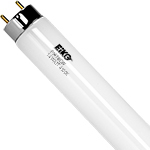
F14T8
Linear Fluorescent Tubes -
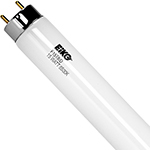
F15T8
Linear Fluorescent Tubes -
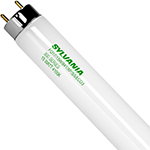
F17T8
Linear Fluorescent Tubes -

F25T8
Linear Fluorescent Tubes -
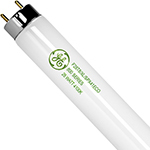
F28T8
Linear Fluorescent Tubes -
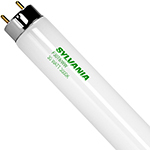
F30T8
Linear Fluorescent Tubes -
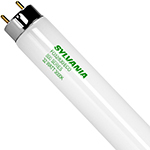
F32T8
Linear Fluorescent Tubes -
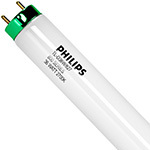
F36T8
Linear Fluorescent Tubes -
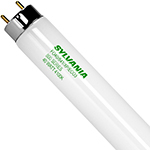
F40T8
Linear Fluorescent Tubes -
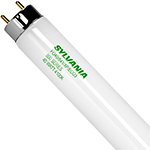
F58T8
Linear Fluorescent Tubes
T8 Fluorescent Bulbs: Efficient Lighting with Long-Term Value
T8 fluorescent bulbs have long been a trusted lighting solution for homes, offices, and industrial environments. Known for their efficiency, reliability, and cost-effectiveness, T8 light bulbs provide a balanced combination of brightness and low energy consumption.
Today, many users are transitioning to T8 LED tubes for even greater performance and sustainability—making T8 retrofit LED tubes an excellent next step in lighting evolution.
What Is a T8 Fluorescent Tube?
T8 fluorescent tubes are tubular lamps with a 1-inch diameter (8/8 of an inch), making them universally compatible with standard fixtures in a variety of settings. They're ideal for:
- Commercial offices
- Warehouses
- Garages
- Residential basements and utility areas
These tubes offer bright, uniform light, come in several color temperatures, and are available in multiple lengths and wattages.
Understanding Fluorescent Tube Sizes and Wattages
The “T” stands for tubular, and the number refers to the diameter in eighths of an inch. Common fluorescent sizes include:
- T5 (5/8") – Slim, high-efficiency tubes
- T8 (1") – Versatile, standard-use option
- T12 (1.5") – Older style, being phased out
T8 tubes often include a number like “F32T8,” which indicates a 32-watt fluorescent tube.
T8 Fluorescent Tube Color Temperatures
Choosing the right color temperature is essential for comfort and productivity:
- 3000K–3500K: Warm white, ideal for hospitality or residential
- 4000K–5000K: Cool white or daylight, best for offices, garages, and commercial settings
Higher color temperatures help reduce eye strain and improve focus in task-based environments.
Key Features to Look for in T8 Bulbs
- Energy Efficiency: Delivers more light per watt than older technologies
- Length Options: Available in 2-ft, 4-ft, and 8-ft lengths
- High Output Models: Available for demanding spaces needing more brightness
- Long Lifespan: Fewer replacements, reduced maintenance costs
- Uniform Lighting: Excellent for reducing glare and shadows
Why Upgrade to a T8 LED Tube?
If you're ready to enhance your lighting system, consider upgrading to a T8 retrofit LED tube. These LED T8 tubes offer even greater efficiency, longer lifespan, and compatibility with existing T8 fluorescent fixtures—making them an easy and smart upgrade.
T8 LED tube benefits include:
- Uses up to 50% less energy
- No mercury or hazardous waste
- Options for plug-and-play (Type A), ballast bypass (Type B), and hybrid (Type A/B) installations
- Reduced heat output and more consistent light quality
Buying Tips for T8 Fluorescent and LED Tubes
- Match the application: Use high-output bulbs for industrial settings and standard-output for offices or homes
- Choose the right color temperature for your space
- Upgrade to LED T8 tubes for longer lifespan and reduced energy use
- Recycle used fluorescent bulbs responsibly due to mercury content
- Consider tube guards for safety and impact protection in high-traffic areas
Frequently Asked Questions (FAQs)
What is the difference between a T8 fluorescent bulb and a T8 LED tube?
T8 fluorescent bulbs use gas discharge technology, while T8 LED tubes use light-emitting diodes for more efficient, mercury-free illumination. LEDs also last longer and reduce energy costs.
Can I replace a T8 fluorescent bulb with an LED T8 tube?
Yes, most T8 retrofit LED tubes are designed to fit existing T8 fluorescent fixtures. Depending on the type, you may need to bypass the ballast or choose a plug-and-play model.
Are T8 LED tubes brighter than fluorescents?
LED T8 tubes often provide equal or better brightness (measured in lumens) while consuming less power. Some models even offer higher output for industrial or retail environments.
